Understanding the roles and responsibilities of soccer positions can be challenging, especially for youth players.
It is essential to know how each position differs and how each position is tied into the game. Soccer players often have specific characteristics and skills that qualify them to play these positions and score goals for their team.
1. Goalkeeper
Goalkeepers are the last line of defense in soccer. Their unique and crucial role requires a specific skill set that players on the outfield do not need. A goalkeeper’s primary role is to stop the opposition from scoring a goal.
Goalies key skills are catching, shot stopping, organizing, footwork, kicking, agility, and reflexes. Many goalies practice their skills at home using their backyard soccer goals, as the extra practice helps them prepare for the game. To read more,
2. Center-Back
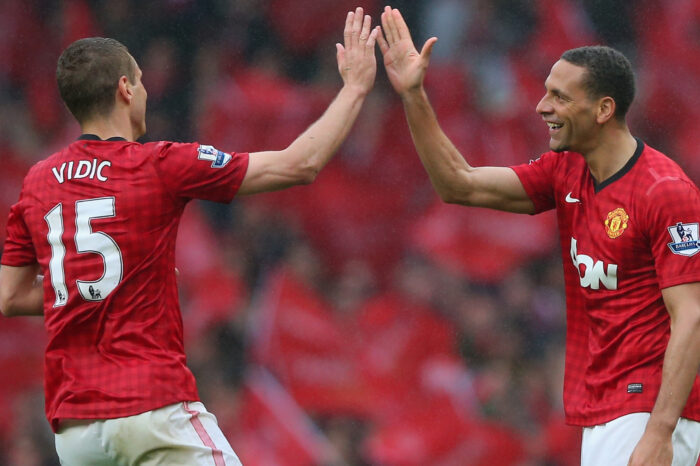
Source: bleacherreport.com
Center-backs are central defenders and play the closest position to the opponent’s goal. To be a center-back, you must be a good leader, confident, a great scorer, and aggressive between the defenders.
Some soccer teams have three center-backs to cover more of the defensive zone, allowing more opportunities to keep possession of the ball and score. A center-back’s key skills are tackling, positional discipline, aerial ability, passing, and leadership.
3. Full-Back
A full back describes two types of positions in soccer, the right back and left back positions. Full backs must be aggressive, have good awareness, and controlled dribbling because they serve as outside defenders and attackers.
Full-backs are wider defenders who are on either side of the central defender. Their key skills include speed, positional awareness, stamina, and one-on-one defending.
4. Center Midfielder
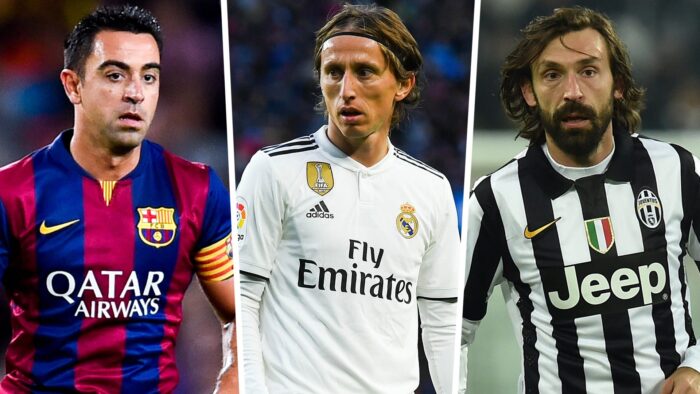
Source: goal.com
A center midfielder protects the back line and stops attacks from the opposing team. A central midfielder has excellent dribbling skills, is always aware, has a high knowledge of soccer, and has top-level endurance. Essentially, your center midfielder is your lifeline in soccer.
Players in this position have free reign and can move anywhere on the opposing team’s side. Their essential skills include dribbling, passing ability, ball control, shielding, tackling, intercepting, and energy.
5. Wide Midfielder
A wide midfielder’s role is like an attacking midfielder but focused on creating good attacking opportunities and getting into more expansive advanced areas. They are positioned close to the touchline.
Their critical skills include good technical ability, dribbling skills, speed, and shooting ability. Players who are wide midfielders are typically not afraid to attack, great in space, and have good awareness. Wide midfielders may also be left or right midfielders or a winger.
6. Forward
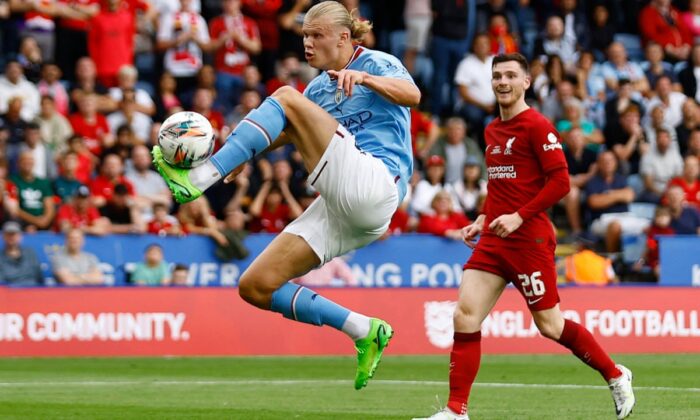
Source: theguardian.com
A forward’s main objective is to score and assist other forwards attempting to score. A forward usually enjoys being the center of attention because they are aggressive and fast with the ball.
Their essential skills include composure, shooting ability, technical skill, intelligent movement, and hold-up play. They begin the game on the midfield line and go as forward as the opponent’s goal line at the end of the field.
7. Sweeper
A sweeper is only sometimes utilized, as coaches sometimes use four defenders instead of a sweeper. A sweeper is a defensive player who sits behind the defensive line. They sweep up and deal with any balls that come into that zone.
Sweepers need a high pace and endurance; you must be athletic and mobile to play this position effectively. A sweeper’s critical skills include speed, agility, patience, confidence, and communication.
8. Defending Midfielder
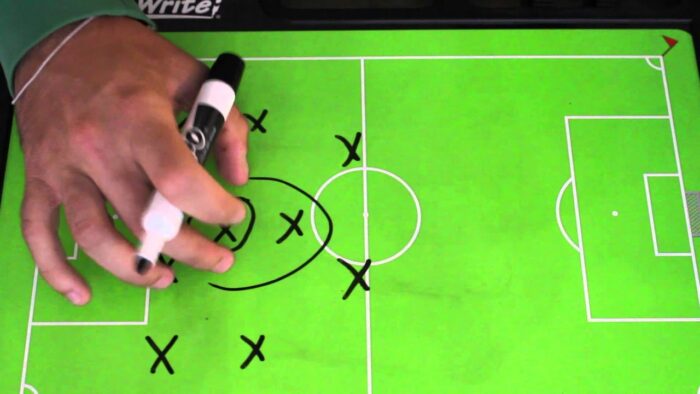
Source: youtube.com
Defensive midfielders are midfield soccer players who protect their team’s goal. Players in this position must defend their team’s goal at all costs.
A defending midfielder is also known as a halfback, as they run up and down the middle of the field between forwards and defenders to connect their team from the back to the front. A defensive midfielder’s skills include passing accuracy, good game reading, and anticipating attacks.
9. Right or Left Striker
A right or left striker is the team player positioned closest to the opponent’s goal.
Their main goal is to score goals for their team. Usually, the most advanced players on the pitch play as a striker. A striker’s critical skills include pace, good shooting, ball control, strength, and game knowledge.
10. Center Defensive Midfielder
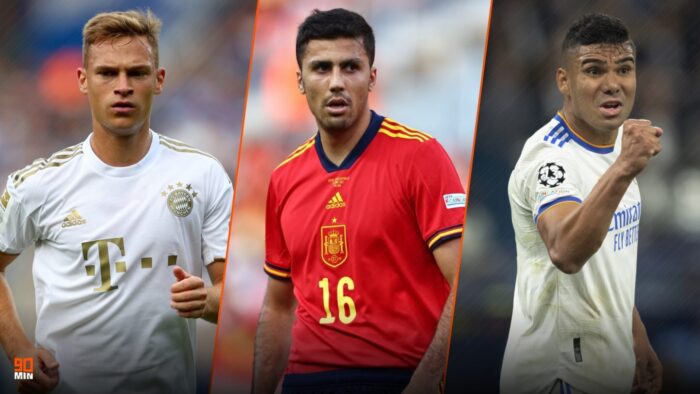
Source: 90min.com
A center defensive midfielder is considered your disrupter, as their role is to get in the way and cause disruptions before they can reach your defenders.
A center defensive midfielder sits between the midfielders and defenders. Players in this position are disciplined, aggressive, and have excellent passing skills.
11. Wingback
Wingbacks are defenders who are involved in offensive plays. Players in a wingback position usually cover much of the field’s width. A wingback supports the midfield when on the attack, and they cover the opposing wingbacks when on defense.
This is one of the trickiest positions on the field, as well as physically demanding. A wingback’s essential skills include ball control, passing, awareness, and leadership.
Final Thoughts
Now that you have a better understanding of the many different soccer positions and what a player’s skill sets are to play these positions. While it seems overwhelming at first to learn the different soccer positions, they all go hand in hand to help your team win the game.
